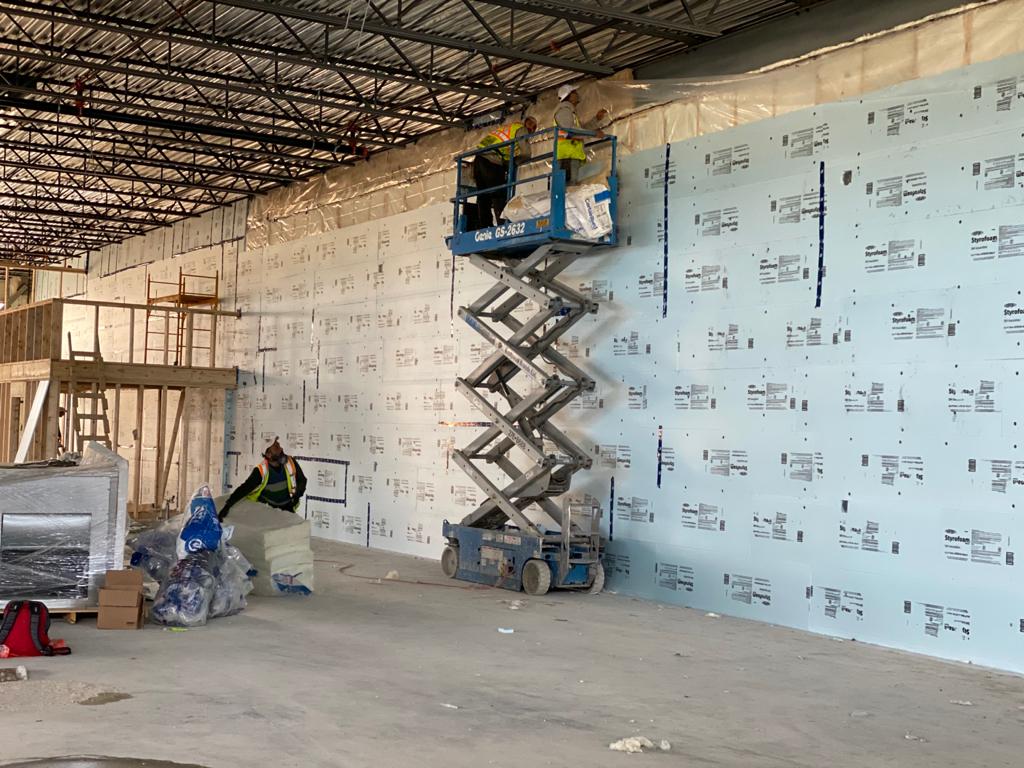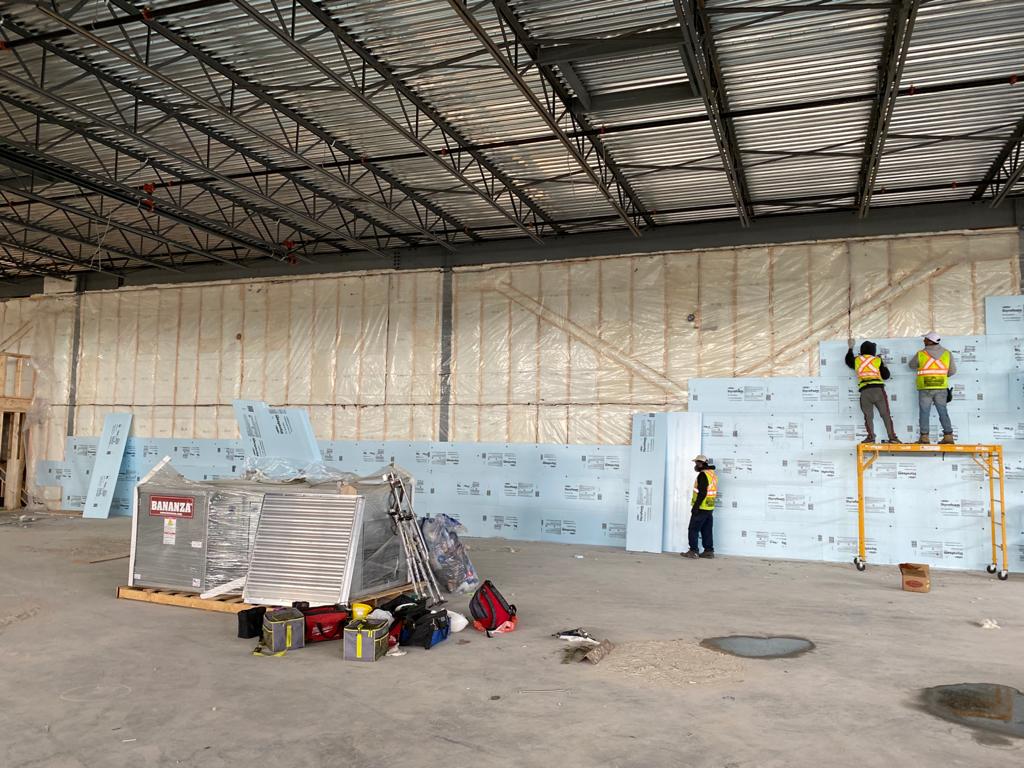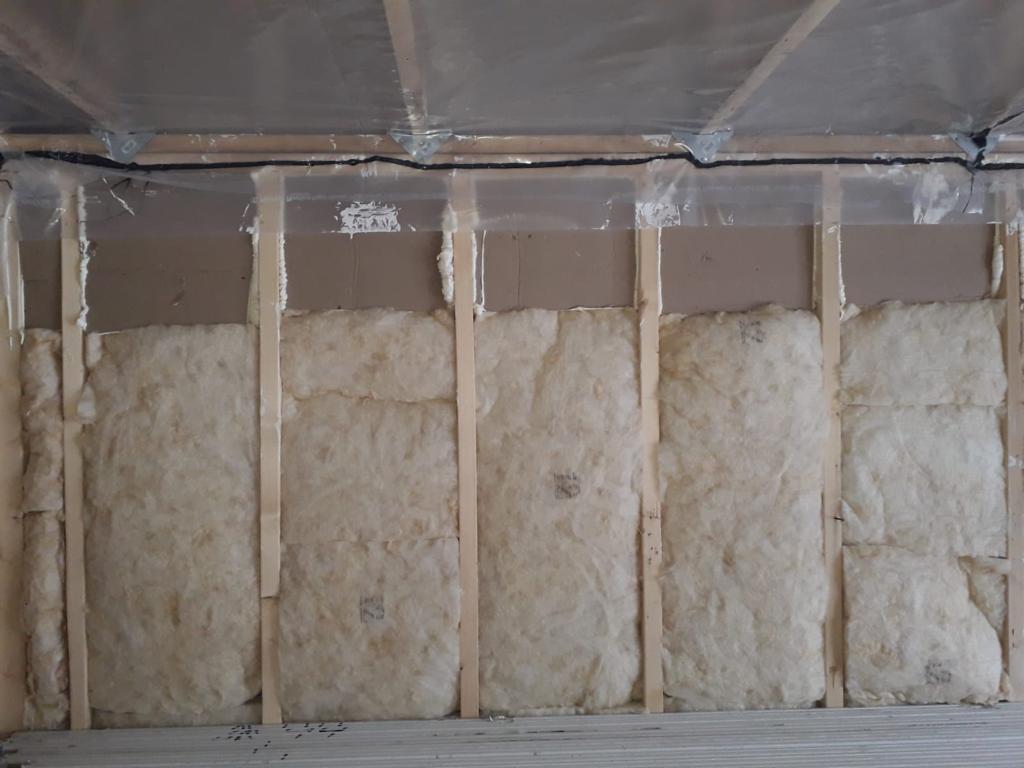Rigid Foam Insulation Installation
Rigid board insulation designs a slim and lightweight product which has a high R-value. Because of its firm structure, rigid board insulation will not shift at the time of installation like batt or blown-in insulation. Rigid insulation is easy to cut and it can be used to cover the large wall spaces in less time. It is also mainly used to prevent thermal bridging by covering the exterior of the home’s frame and sealing any gaps in a building ‘s internal insulation.
Types of RIGID BOARD INSULATION
For preventing air and thermal leakage, rigid board insulation requires careful finishing with seam tape and foam spray. Depending on your project specifications adding insulation capacity, climate, and budget, you can examine which rigid board insulation product fulfils your requirements.
FOAM BOARD
The foam board is pest-proof, air-proof and waterproof as it is made with various lightweight petroleum based materials. For the basements, it is often the best insulation choice. Foam board insulation installation also typically includes seaming with foam insulation spray, seaming tape, and caulk. There are three main kinds of foam board insulation named expanded polystyrene (EPS), extruded polystyrene (XPS), and polyisocyanurate (ISO). There is also one newer product designed , named phenolic foam board insulation.
EXPANDED POLYSTYRENE (EPS)
EPS contains the lowest R-value of foam board insulation types at R-3.8 per inch, similarly in appearance to common styrofoam. As compared to other types of foam board, it can be damaged more easily but it’s very cost effective, making it a budget friendly option. If it is not pre- treated, EPS does not block water vapour and can be susceptible to pests.
EXTRUDED POLYSTYRENE (XPS)
XPS offers a higher R-value than EPS that is usually around R-5 per inch. XPS may be considered a vapour retardant which depends on its exterior finish but it’s not necessarily a strong vapour barrier. It is more durable than its extruded counterparts though also slightly more expensive. Ultimately, XPS is a good mid-value option.
It is essential to note that some builders who are environmentally conscious, avoid XPS and EPS because a blowing agent used in its production procedure may contribute to harmful greenhouse gas emissions.
POLYISOCYANURATE (ISO)
ISO comes with the highest R-value of the foam board types, it achieves a rating of around R-6.8 per inch. Polyiso can also help as a radiant barrier because it is surfaced with a reflective foil finish. As compared to other rigid foam insulation types, ISO is more expensive but it is more beneficial as it is less toxic and has a production procedure which is generally less harmful to the environment.
MINERAL WOOL OR FIBRE INSULATION
Mineral wool rigid board insulation is often recommended by environmentally -minded organisations and homeowners. It is also known as Rock Wool. It has soundproof and fireproof properties, though it is necessary to know that it is not air-proof or vapour-proof . Natural fibre board insulation has no petrochemicals and is made from recycled materials or hemp fibre. Despite its eco-friendly production, mineral wool and fibre board insulation do require PPE at the time of installation because they can shed irritant particles.
Advantages of Rigid Board Insulation
Rigid fibre insulation offers the best fire resistance because of which it becomes a good choice for structures that might otherwise be fire-prone. However, rigid fibre insulation is not a substitute for fire extinguishers, sprinklers, and other fire safety measures even though it is more suitable in high temperatures. It can also be layered on top of batt Insulation to add R-value. Rigid board insulation is often installed to enclose or “wrap” the frame of a building to prevent thermal bridging.
RIGID BOARD INSULATION INSTALLATION
No doubt, Rigid foam board insulation is relatively easy to work with, but homeowners should be aware of some key steps of installation. Every seam between boards needs to be sealed thoroughly to prevent air leakage. Foam insulation should be protected with gypsum drywall which is the requirement of building codes. This is often accomplished by framing a two-by-four wall inside of the insulation. It is best to hire an expert insulation installer because proper installation of your rigid board insulation will determine its effectiveness.
LOCAL RIGID BOARD INSULATION INSTALLERS NEAR YOU
If you are searching for rigid board insulation installation experts in your locality, you can contact Metro Standard Insulation. We have a network of many branches located throughout the nation. The Metro Standard Insulation installers can help you to know about which is the best rigid board insulation product that can fulfil the requirements of your project. Let us provide you with a free estimate today!























